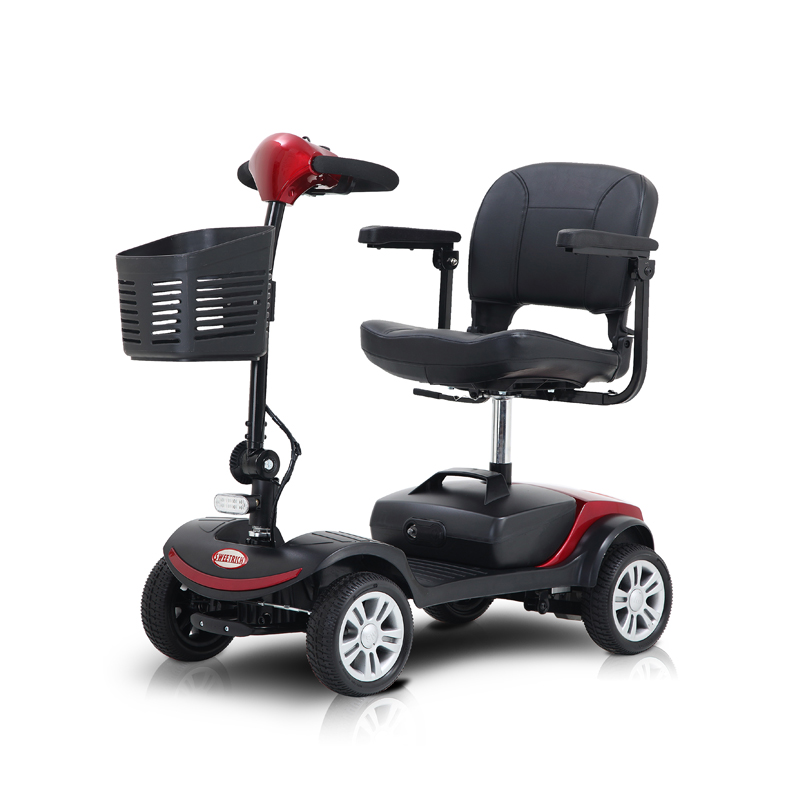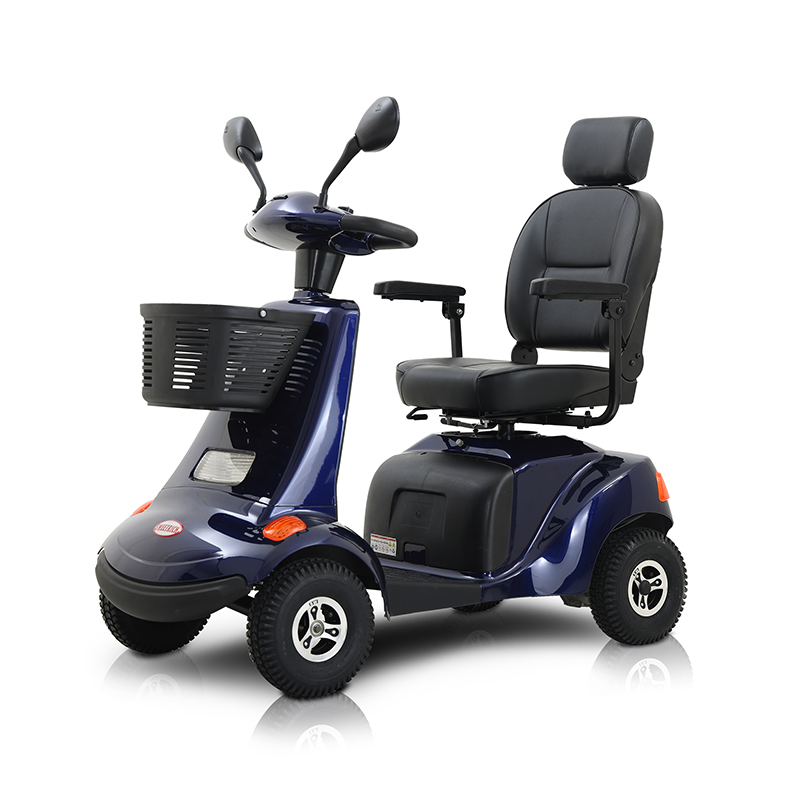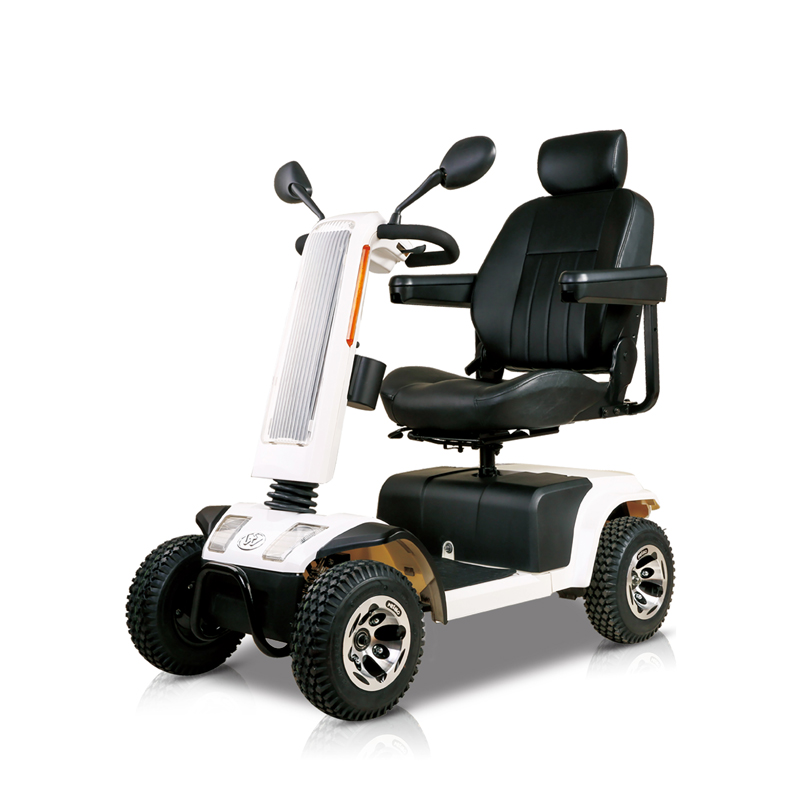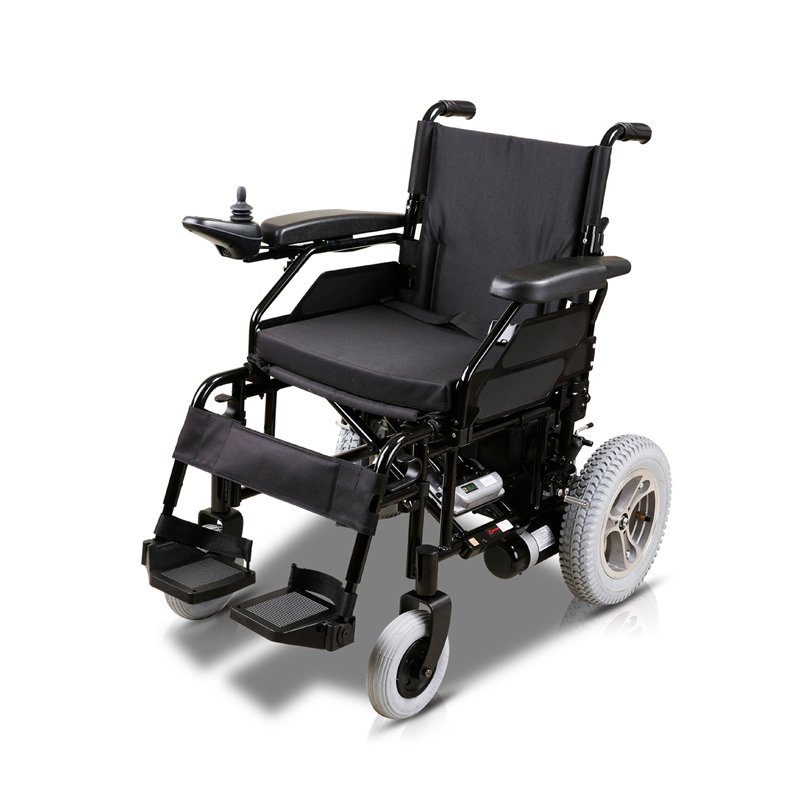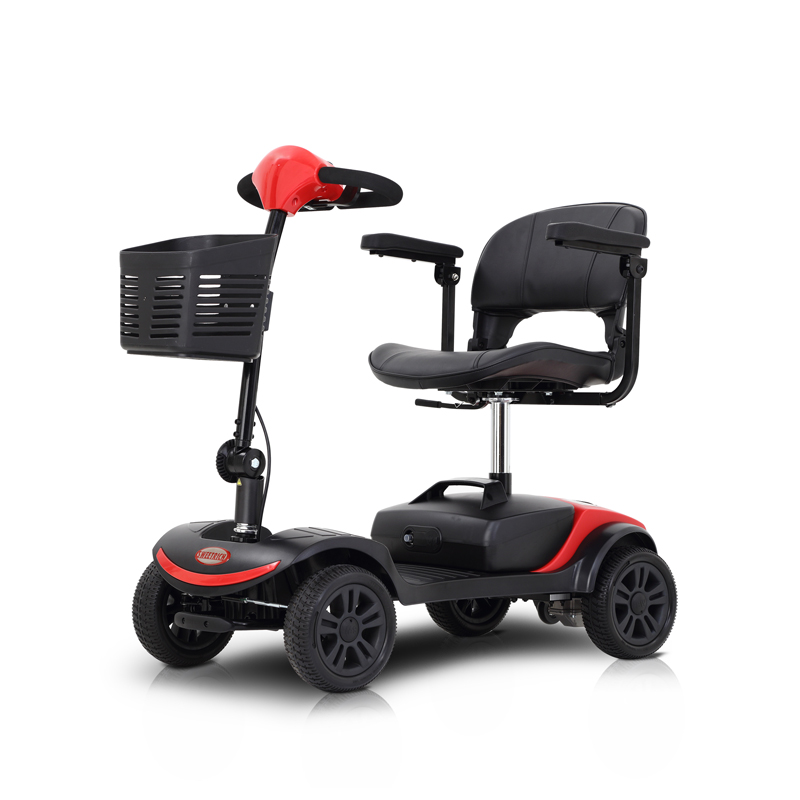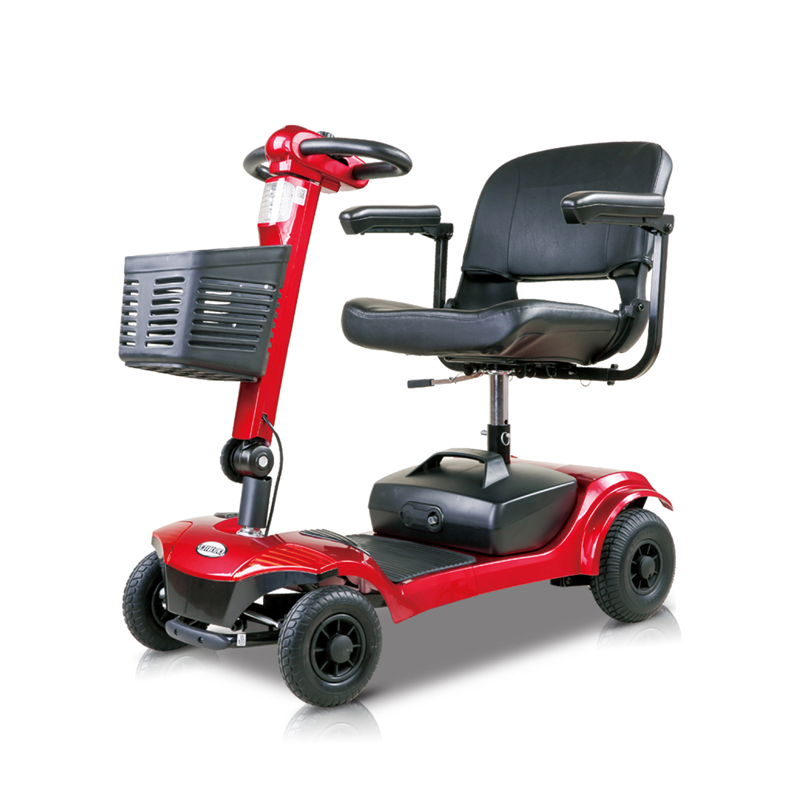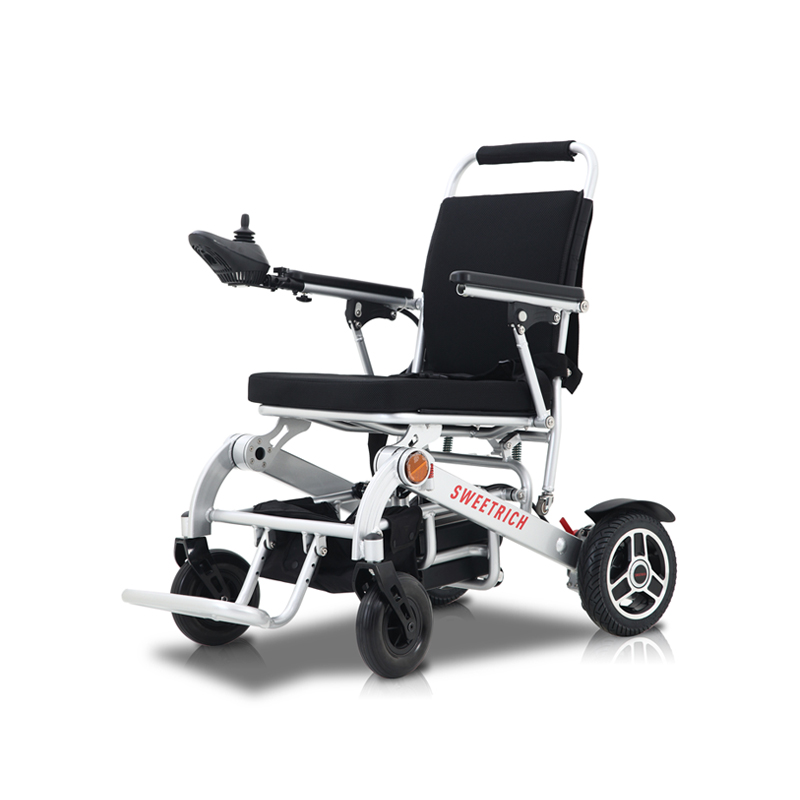Stability control system: the cornerstone of safety of mobility scooters
Although mobility scooters are small in size and highly flexible, they also need strong stability to ensure driving safety when facing emergency lane changes, high-speed driving or bad weather conditions. The stability control system was born for this purpose. It integrates multiple sensors, electronic control units (ECUs) and actuators to monitor the vehicle status in real time, and adjusts the vehicle's braking, steering or power system as needed to maintain the dynamic balance of the vehicle and prevent loss of control.
Stability control systems include but are not limited to electronic stability programs (ESP), traction control systems (TCS), anti-lock braking systems (ABS), etc. These technologies have been widely used in traditional cars, and the adaptation and optimization of mobility scooters provide unprecedented safety protection for this type of lightweight transportation.
Anti-rollover design: protecting the stability of every trip
Among many stability control technologies, anti-rollover design is particularly important for the high center of gravity and light body of mobility scooters. Rollover accidents are one of the common safety hazards of mobility scooters. Especially when turning too fast, on uneven roads or encountering sudden crosswinds, the vehicle is prone to rollover, which seriously threatens the safety of passengers.
For this reason, some high-end mobility scooter brands have adopted innovative anti-rollover designs, the most typical of which is the dual rear-wheel drive design. This design effectively reduces the risk of rollover by increasing the rear-wheel drive force distribution, improving the vehicle's grip and stability when turning. Take the Benli 001 as an example. The car not only adopts dual rear-wheel drive, but also combines advanced chassis adjustment and suspension systems, so that the vehicle can still maintain excellent handling and stability when driving at high speeds and changing lanes in an emergency.
The anti-rollover design of the Benli 001 is not limited to hardware-level improvements, but its intelligent control system also plays a key role. By integrating high-precision gyroscopes and acceleration sensors, the Benli 001 can monitor the vehicle's tilt angle and acceleration changes in real time. Once the risk of rollover is detected, the system will intervene immediately and quickly restore the vehicle balance by adjusting motor output, braking intervention or adjusting suspension stiffness to ensure the safety of passengers.
Conclusion: Technology empowers, safety goes hand in hand
As an important part of future urban travel, the improvement of the safety performance of mobility scooters is inseparable from the continuous progress of the stability control system. As a part of the stability control system, the anti-rollover design provides a solid safety guarantee for mobility scooters with its unique technical advantages. The successful practice of Benli 001 not only demonstrates the power of technological innovation, but also sets a benchmark for the entire industry, promoting the development of mobility scooters in a safer and smarter direction.

